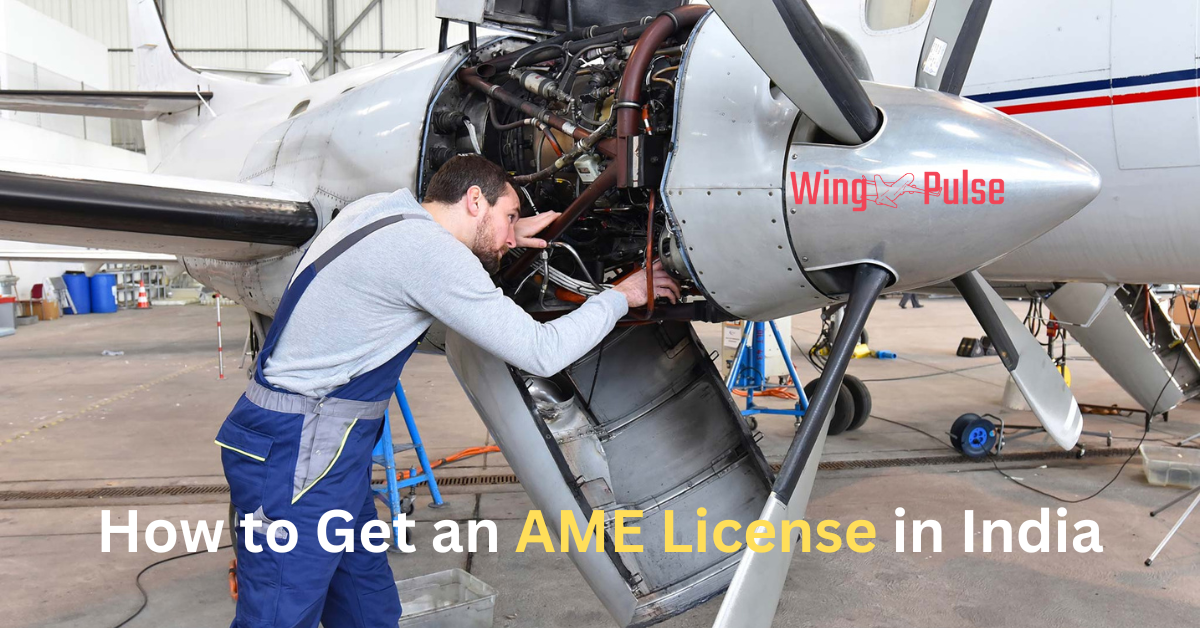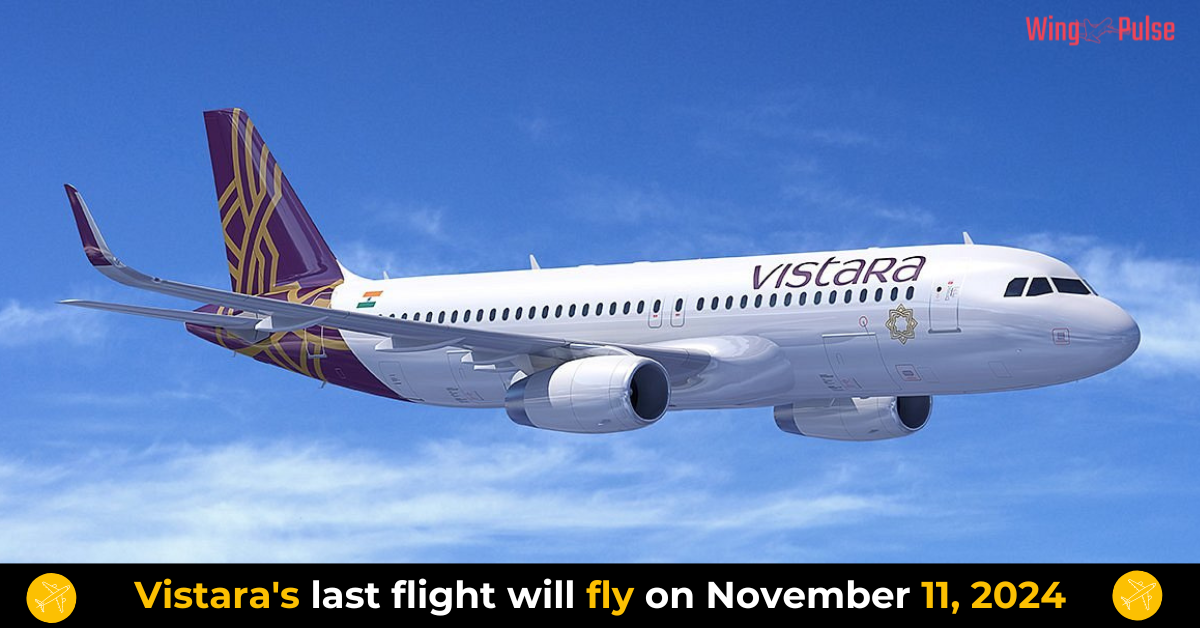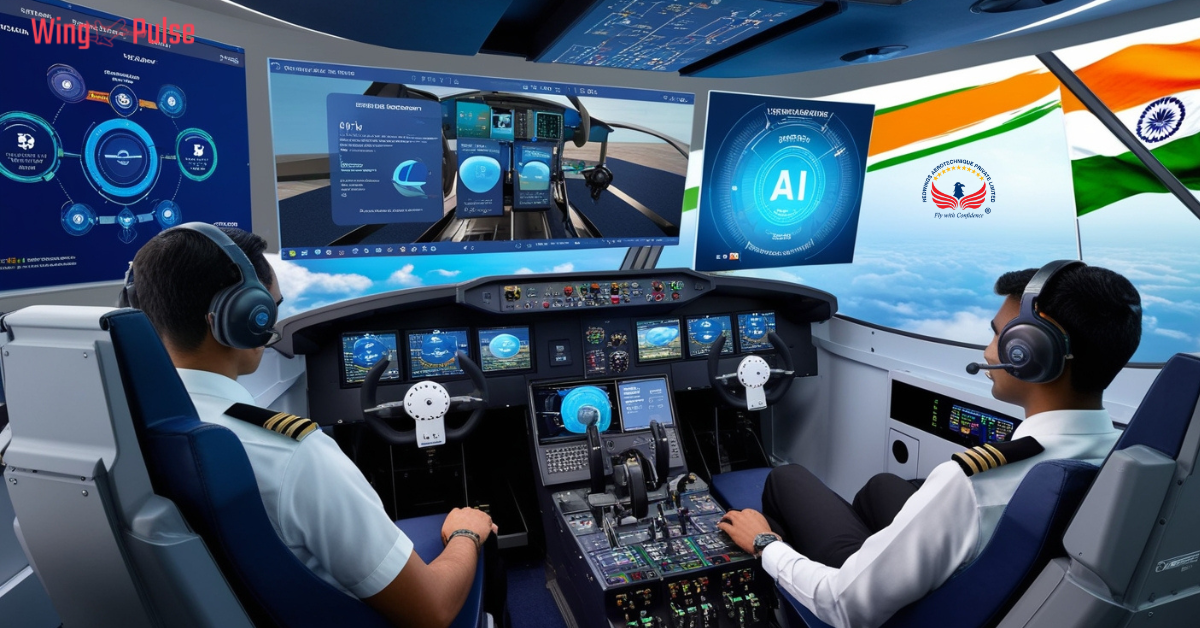How to Get an AME License in India

AME License : AME is a Licensed Course runs under the Directorate General Of Civil Aviation (DGCA), Ministry of Civil Aviation, Govt of India. A candidate requires a lot of skills to get awarded AME License. AME performs maintenance and repair of aircraft & aircraft components. The candidate requires a lot of passion and skills to complete AME Course.
A license is required to be an aircraft maintenance engineer in the aviation industry. An AME license is mandatory for the candidate to maintain and certify the aircraft. obtaining an AME license is essential for ensuring the safety and reliability of aircraft
Table of Contents
Eligibility Criteria for AME License
AME license, you need to meet certain eligibility requirements –
- 1 Age – You must be at least 16 years old.
- 2 Education – You should have passed 10+2 with Physics, Chemistry, and Mathematics (PCM) or have a diploma in engineering.
AME License Process
1. Enroll in an AME Training Institute
First, you need to join an AME training institute approved by the Directorate General of Civil Aviation (DGCA) . These institutes offer two types of courses
- Category A : Basic license, which allows you to work under supervision.
- Category B : Advanced license, which allows you to certify the aircraft’s airworthiness.
The course duration usually ranges from 2 to 4 years, which includes theoretical knowledge and practical training.
2. Complete the Training Program
During the training program, you will study various subjects related to aircraft maintenance, including
- Aerodynamics
- Aircraft systems and components
- Avionics
- Regulations and safety measures
Practical training is conducted in workshops and on actual aircraft to give you hands-on experience.
3. Clear the DGCA Examinations
After completing the training program, you need to pass the DGCA examinations. These exams are designed to test your theoretical knowledge and practical skills. The exams are divided into modules covering different aspects of aircraft maintenance.
4. Gain Practical Experience
In addition to passing the exams, you must gain practical experience working on aircraft. This on-the-job training, also known as an apprenticeship, typically lasts for 1 to 2 years. During this period, you’ll work under the supervision of licensed AMEs.
5. Apply for the AME License
There will be some modules as per the license conducted by DGCA. After clearing the modules and 2 years practical training the license will be applied by the candidate in DGCA Govt of India. After qualifying the examination, DGCA will issue the license to the candidate. The Aircraft Maintenance Engineering course is a licensing Training program, to become eligible for an Aircraft Maintenance Engineer license holder as per The Aircraft Rules 1937, Rule 61 and Civil Aviation Requirement(CAR-66).
6. AME License Categories
The Aircraft Maintenance Engineer (AME) license is categorized into different types based on the scope of work and the type of aircraft systems you can maintain. Here are the main categories of AME licenses in India:
1. Category A License
- Basic Level License : This is an entry-level license that allows the holder to perform minor scheduled line maintenance and simple defect rectification under the supervision of a Category B license holder.
- Specializations : Category A license holders can specialize in mechanical or avionics disciplines. The mechanical discipline covers aircraft structures, powerplants, and mechanical systems, while the avionics discipline covers electrical systems, instrument systems, and radio systems.
2. Category B License
- Advanced Level License : The Category B license allows the holder to certify the release of an aircraft to service after maintenance. This includes more complex tasks and in-depth inspections compared to Category A
Subcategories
- Category B1 (Mechanical) : This subcategory covers the maintenance of aircraft structures, powerplants, and mechanical systems. Further subcategories within B1 include :
- B1.1 : Turbine-powered aeroplanes.
- B1.2: Piston-powered aeroplanes.
- B1.3: Turbine-powered helicopters.
- B1.4: Piston-powered helicopters.
- Category B2 (Avionics) : This subcategory focuses on the maintenance of electrical systems, instrument systems, and radio systems, ensuring the functionality of avionics equipment .


